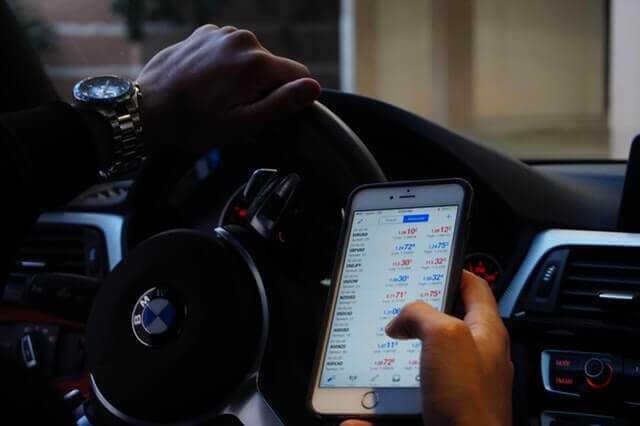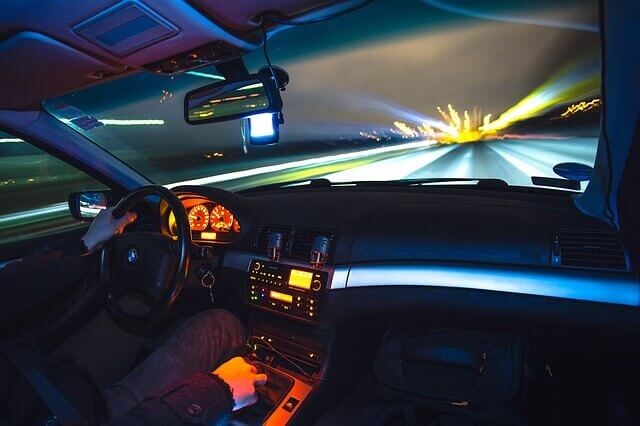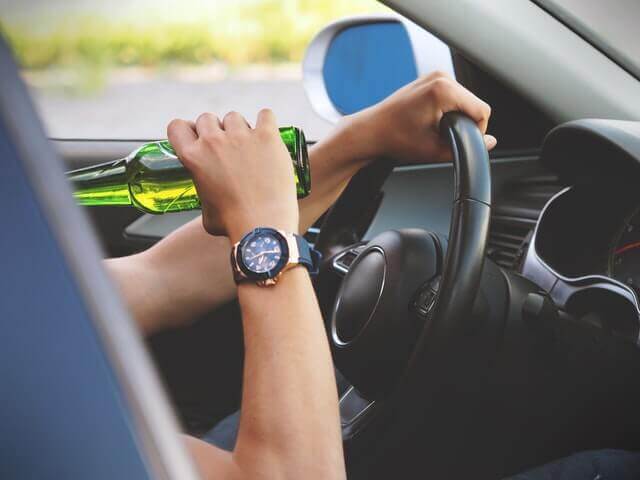It is every teenager’s dream to learn to drive, and most importantly, have a driving license. The P-plate gives them a sense of independence and freedom, hence a valuable addition to their wallets. Although many teens are eager to get their driving license, statistics show that teen drivers are more likely to cause an accident than their older counterparts with the same P1 license.
Although it’s essential to have your teen daughter or son get his driving license, you still have a crucial role in his/her driving lessons. Showing concern in their driving lessons and how they drive could be the difference between getting involved in a fatal accident and avoiding it. Here are a few driving and road safety tips you can share with your teen to make them better and safer drivers.
-
Always Wear A Safety Belt
All cars come fitted with various safety devices all meant to keep you safe. With accidents happening all the time, it would be best to have your seat-belt on all the time. This ought to be the first thing you do in getting in your car and before starting the engine. In addition to encouraging teen drivers to put on their safety belts, having them drive while you watch will help you know if they follow these simple rules or not. Always insist on having the seat belt on even on short trips.
The seat belt is designed to keep you safe by distributing force across your pelvis and chest in case of an accident. Having the seat belt on could be the difference between getting just a few bruises and flying into the windscreen.
-
Avoid Mobile Phones While Driving

It’s against the law to use a mobile phone while driving – this applies to both learners and professional drivers. Using the phone while driving only causes visual, cognitive, and physical distractions, which increase the chances of crashing into other road users hence unsafe driving. That said, you need to turn your phone off or tuck it away before starting the car. If you have to use the phone, park the vehicle in a safe spot before touching the phone.
According to research, typing and sending a text message while driving causes you to take your eyes and attention from the road for around 4.6 seconds. This is enough time to drive off the road into a rugby pitch, road barriers, or even another car. Let the teen know that it is their job to keep their eyes on the road all the time while driving.
-
Keep To The Speed Limit

Speeding doesn’t make you a better driver; it only increases the risk of getting in a crash. According to research, speeding is to blame for most young-driver related accidents and deaths. Sticking to the recommended speed limit is therefore advisable to all. You don’t even have to keep up with other cars in traffic. Stick to the recommended speed limit to not only avoid traffic fines but also stay safe.
-
Be Aware Of Your Blind spots
Adjusting your side and rear mirrors can help you monitor your blind spots. These, however, do not cover areas of the car, one of the reasons you need to be aware of such blind spots for pedestrians, bikes, and other vehicles. Always check your blind spot:
- Before leaving a parked position or parking
- Before pulling out from the curb
- Before and while taking a three-point turn
- Before merging lanes in traffic
- When overtaking or passing
- When you’ve seen another car
Practice checking blind spots with your son/daughter until it becomes natural to them. You might also be able to reduce blind spots by adjusting your car mirrors accordingly.
-
Avoid Driving Into Another Driver’s Blind Spot
Keeping an eye on your blind spot and that of other drivers can help you stay safe on the road. Driving too close to the car in front, or on the right of the other car makes it harder for the other driver to see you. Dropping back to a safe distance and pulling alongside the other vehicle should enable the other drivers to see your vehicle well.
-
Don’t Drink and Drive

Most parents tend to avoid subjects related to alcohol and drugs with their children. Turning a deaf ear on these issues doesn’t mean they aren’t happening. You, however, need to take the bull head on and address this issue with your son or daughter. Even the smallest amount of alcohol or other drugs can impact your judgment leading to fatal accidents. Establish a firm rule regarding this, and stick to it. It would also be advisable to lead by example. The teens who will be caught driving under the influence will not escape from the consequences.
-
-
Don’t Drive if Sleepy
-
Most teens are in the middle of learning and still have books to deal with. Although he/she might be smart enough to avoid drugs, lack of sleep will put them at risk when driving. This can be due to reading overnight while preparing for an exam. Lack of sleep impacts your coordination skills, memory, and attention, some of the crucial factors required for safe driving.
Fatigued driving contributes to at least 15% of all road crashes. The saddening news, however, is that most young drivers don’t see fatigued driving the same way as drunk driving. Teaching your teen on the effects of fatigued driving, and the warning symptoms of the same would be a wise idea. Some of the common symptoms of fatigued driving include heavy eyelids, frequent blinking, and inability to keep your head up. Encourage him/her to pull over and take a few minute nap before getting back on the road.
-
Consider Driving With Headlights On

Driving with your headlights on makes it easier for other road users to see you. You don’t necessarily have to do this when driving at night, but during the daytime as well. It would be particularly advisable to turn your headlights on early in the morning or in the evening when visibility is low.
Some cars come with daytime driving lights already installed. These lights remain on as long as you are driving, hence a useful safety feature. Although you might be able to see other cars clearly, this doesn’t seem like they can see you as well. Daylight driving lights will come in handy in such a situation.
-
Restrict The Number Of Passengers
Most teens take irrational decisions when in the company of teen-friends. That said, limiting the number of passengers the teen can take can help prevent this. This way, he/she won’t feel any pressure to drive differently.
Read More-
How to prepare for back-to-school











Leave a Reply